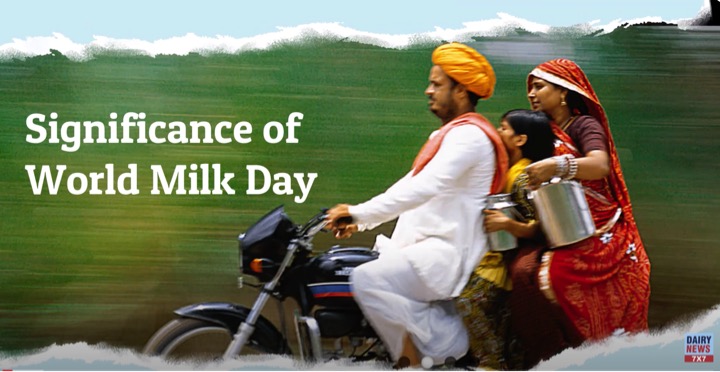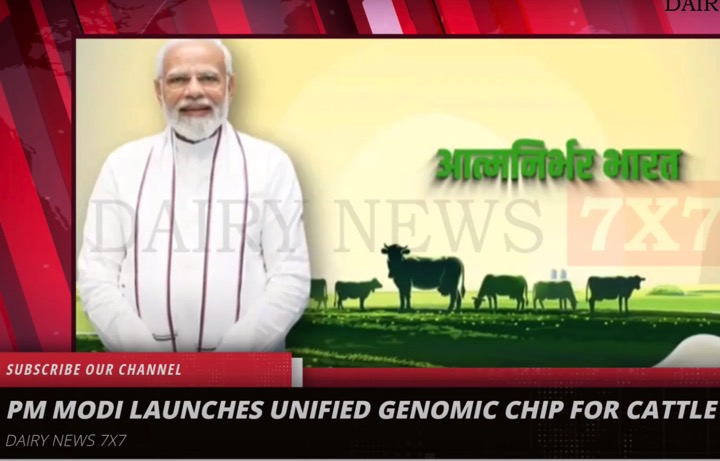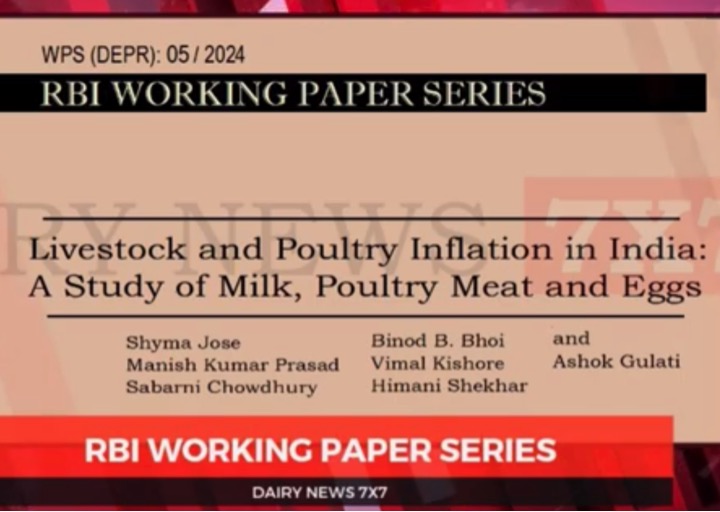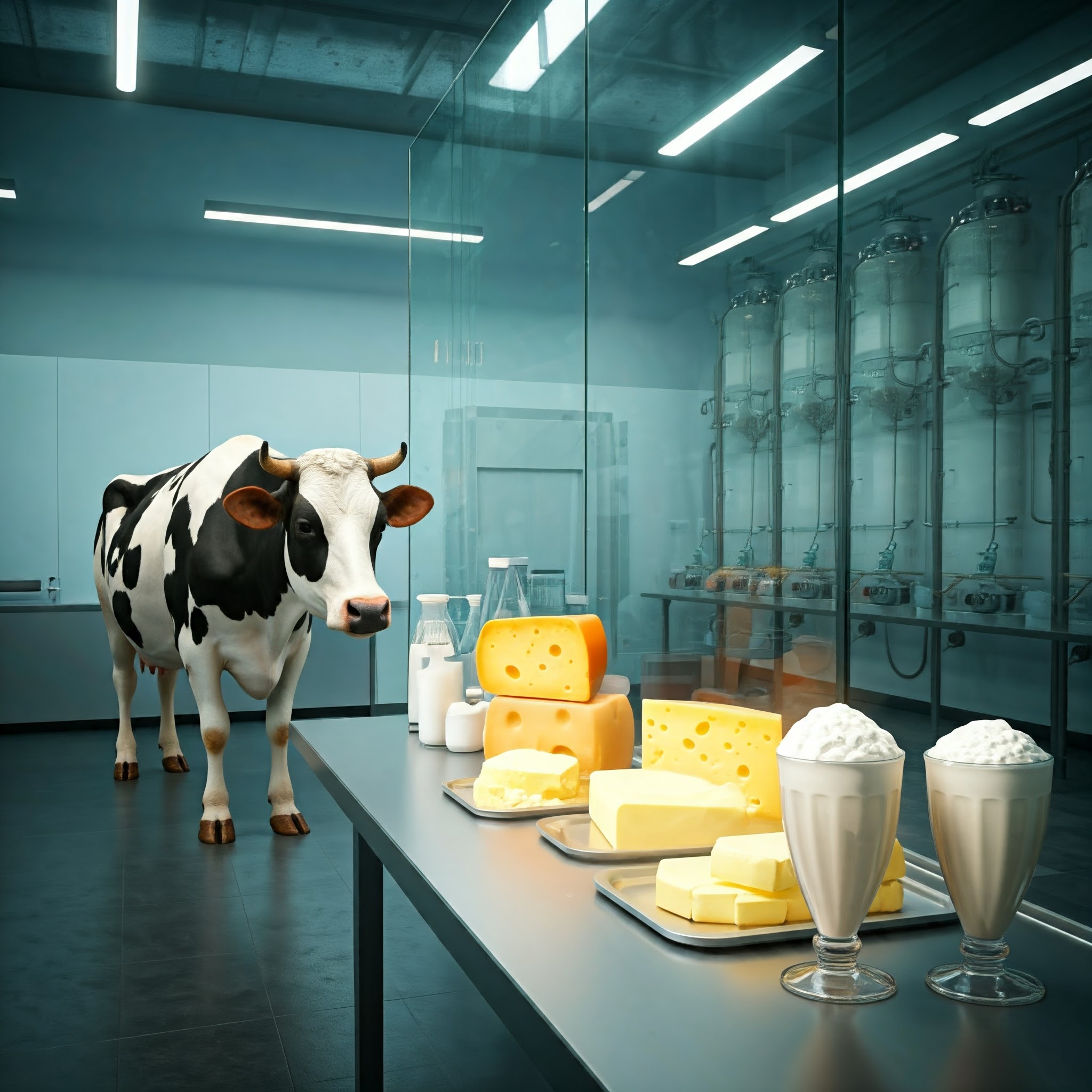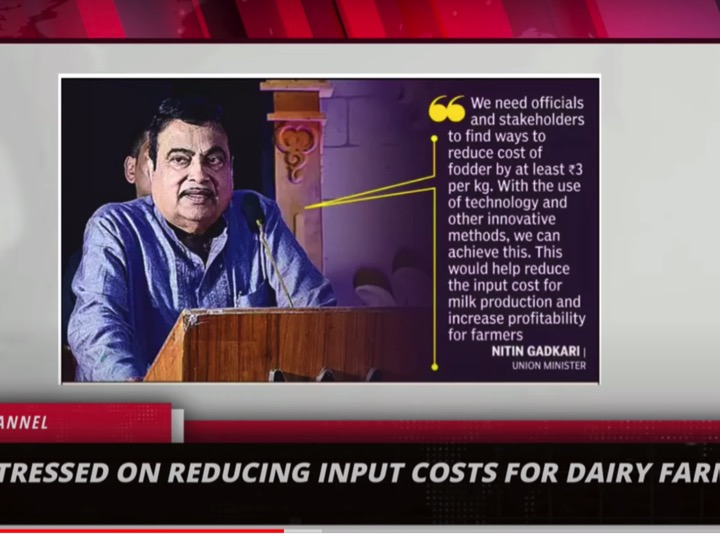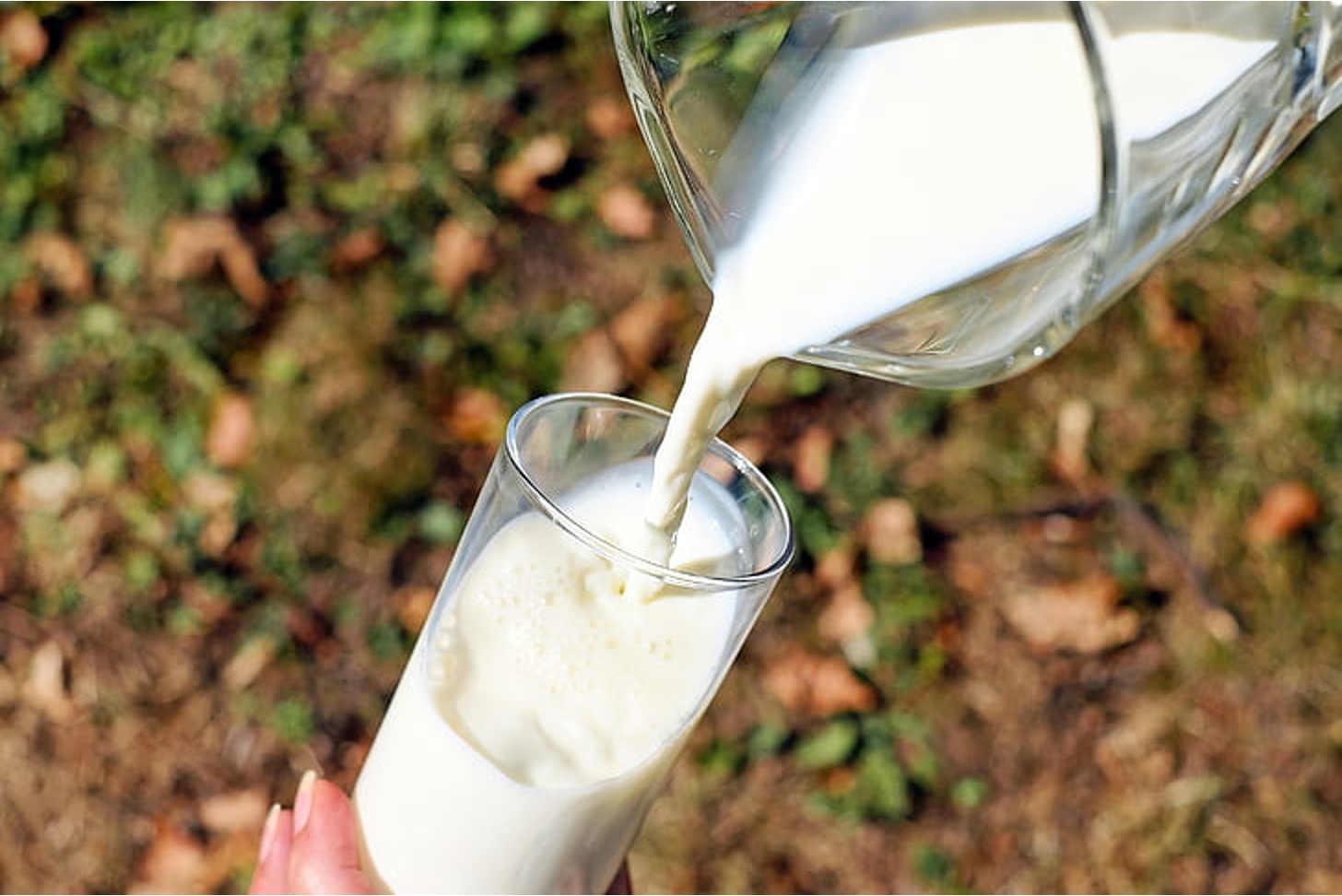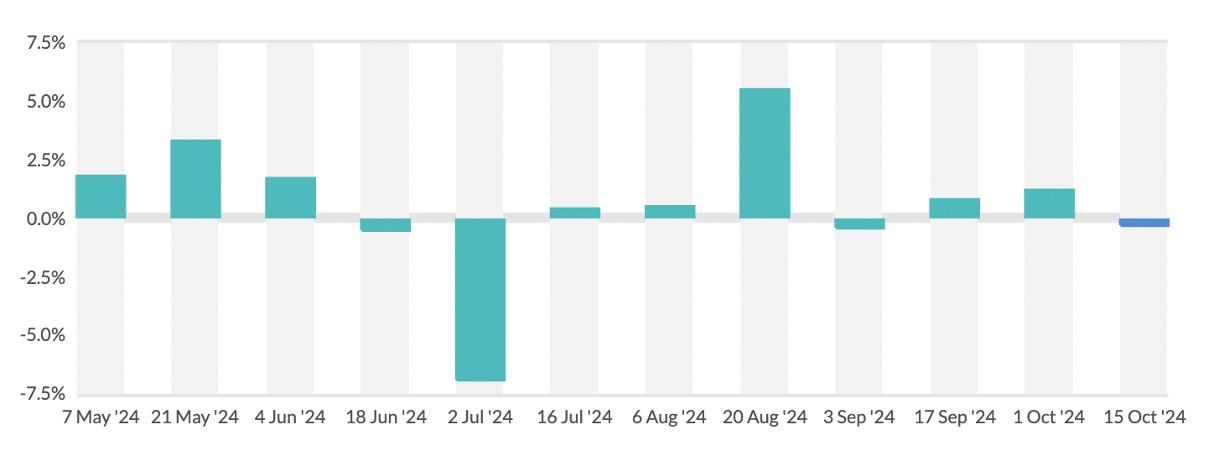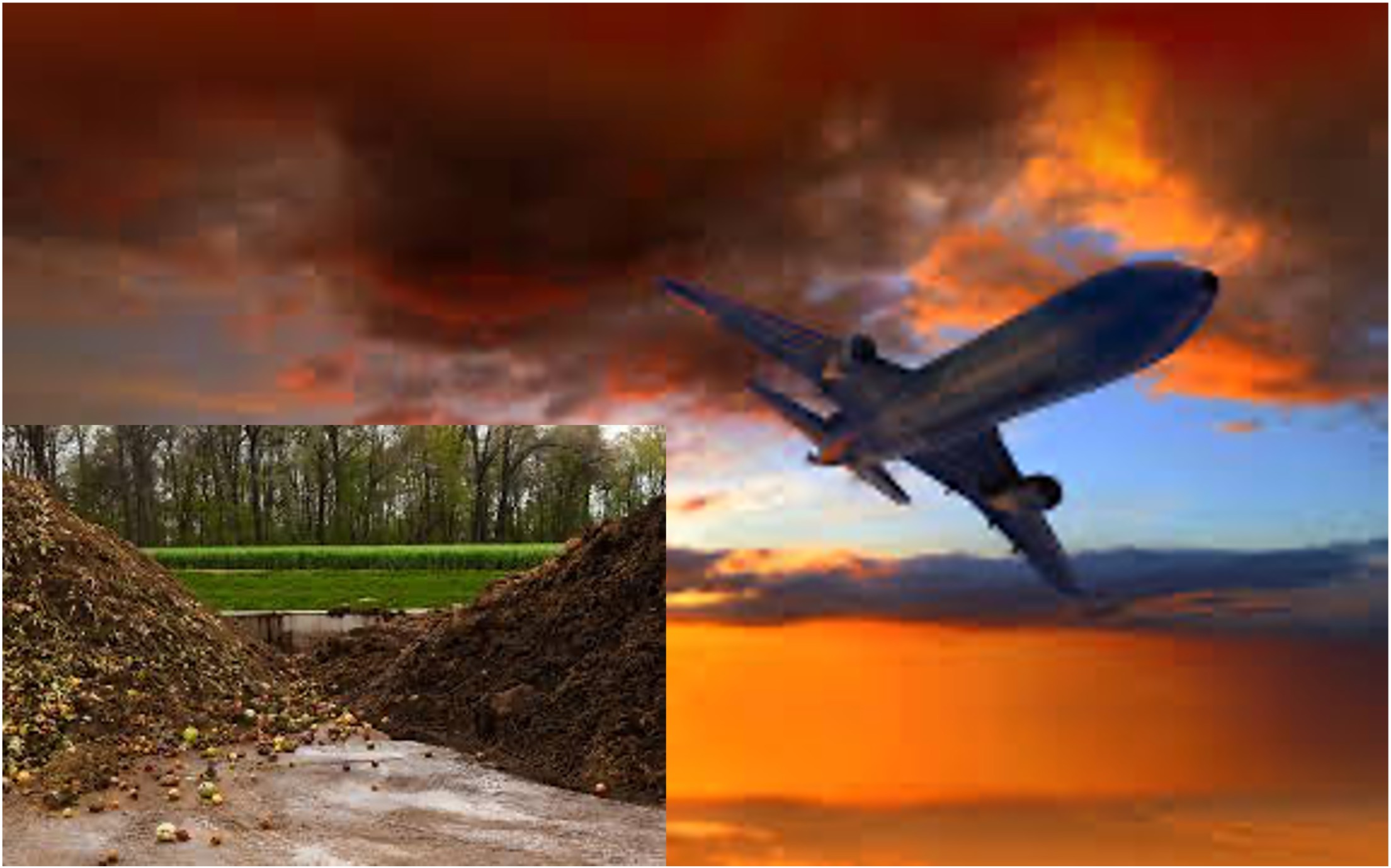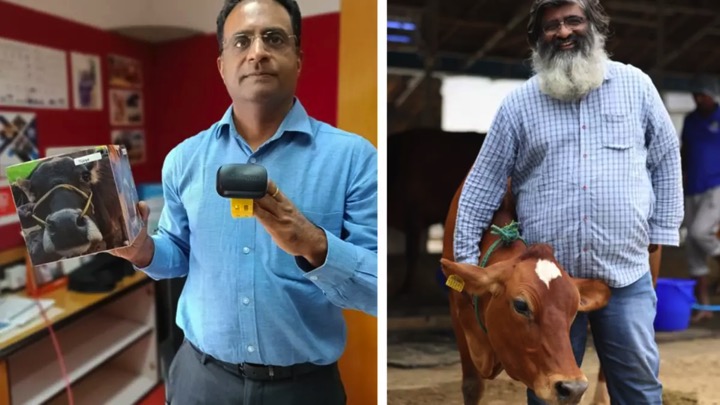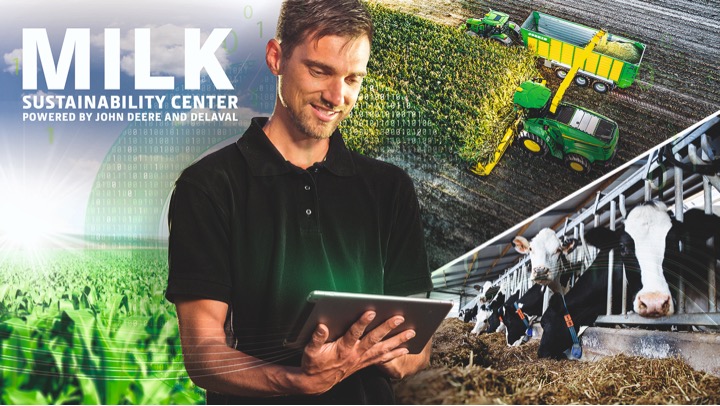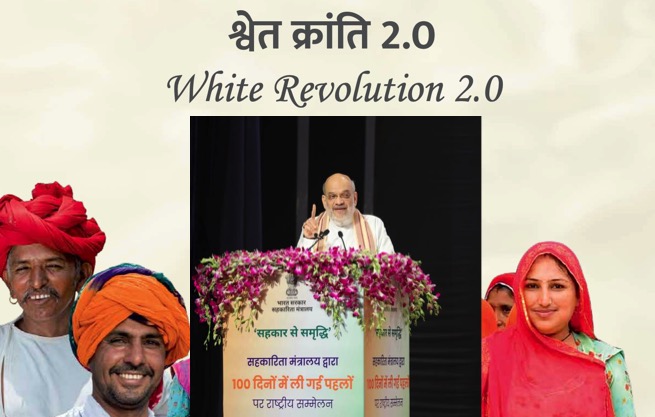The meta crisis we face seems inevitable as humanity evolves into superorganisms driven by narrow goals. Our relentless pursuit of extraction, conquest, and the destruction of diverse cultures, species, and ecosystems is setting the stage for an impending disaster. In essence, mankind is unwittingly crafting the conditions for its own extinction. It’s time to establish a risk register for our dairy industry, focusing on the critical factors that will shape its future.
Key considerations must include the impact of climate change, biodiversity loss, the quest for cheaper cow-less dairy alternatives, emerging lifestyle fads, and the shift towards non-farm activities. Let’s delve into each of these aspects.
Climate Change
Climate change poses a significant threat to dairy farming. Rising temperatures, unpredictable weather patterns, and increased frequency of extreme events can affect milk production, animal health, and feed availability. Sustainable practices and resilient infrastructure are essential to mitigate these impacts and ensure the industry’s longevity.
Biodiversity Loss
The loss of biodiversity undermines the ecological balance necessary for sustainable dairy farming. Diverse ecosystems provide vital services such as pollination, water purification, and soil fertility. Protecting and restoring biodiversity is crucial to maintaining these services and supporting resilient dairy systems.
Quest for Cheaper Cow-Less Dairy
The drive to produce cheaper cow-less dairy alternatives, while innovative, must be balanced with considerations of nutritional quality and environmental impact. Precision fermentation and plant-based dairy products offer potential solutions, but they must complement rather than replace traditional dairy, ensuring we retain essential nutrients and support rural livelihoods.
Emerging Lifestyle Fads
Lifestyle trends, such as veganism and flexitarianism, are influencing consumer preferences. The dairy industry must adapt by offering diverse, high-quality products that cater to evolving tastes while promoting the nutritional benefits of dairy. Public education and transparent communication are key to addressing misconceptions and highlighting the value of dairy.
Migration Towards Non-Farm Activities
Rural-to-urban migration is reducing the agricultural workforce, posing challenges for dairy farming. Investing in technology, automation, and training can help bridge this gap, making dairy farming more attractive and sustainable. Supporting young farmers and creating viable career paths in agriculture are essential to securing the industry’s future. By addressing these critical factors, we can navigate the meta crisis and build a resilient, sustainable dairy industry. Together, we must strive for a harmonious balance between progress and preservation, ensuring that our pursuit of growth does not come at the expense of our planet and future generations.


